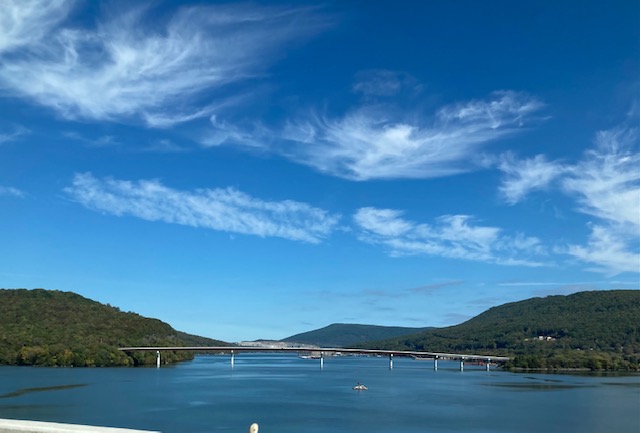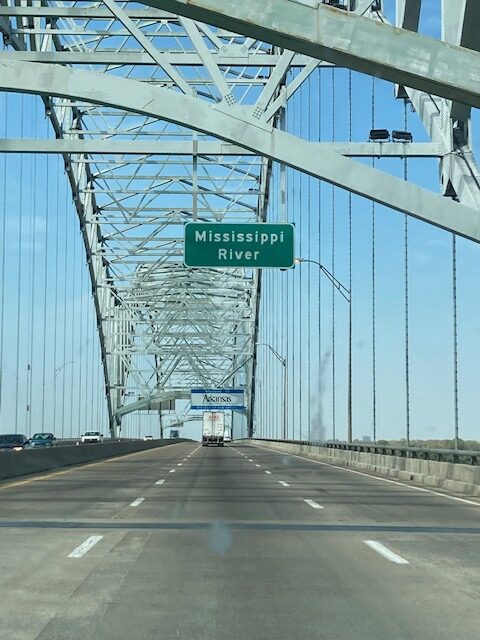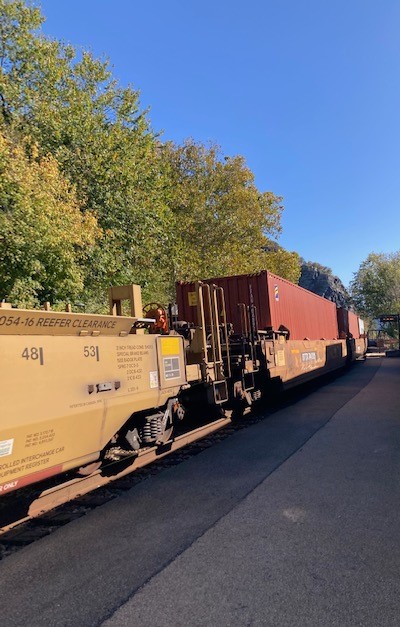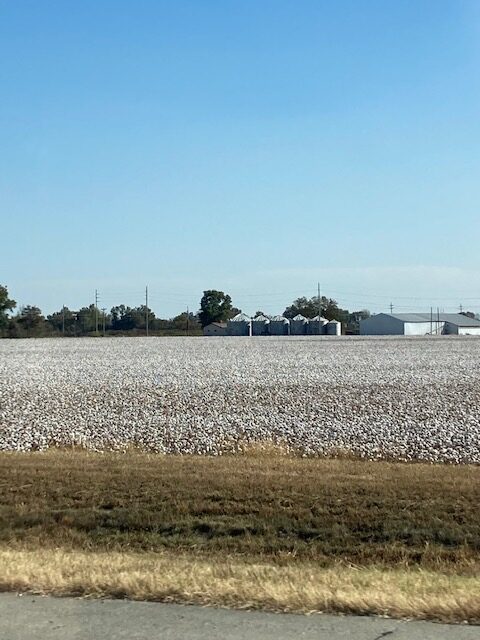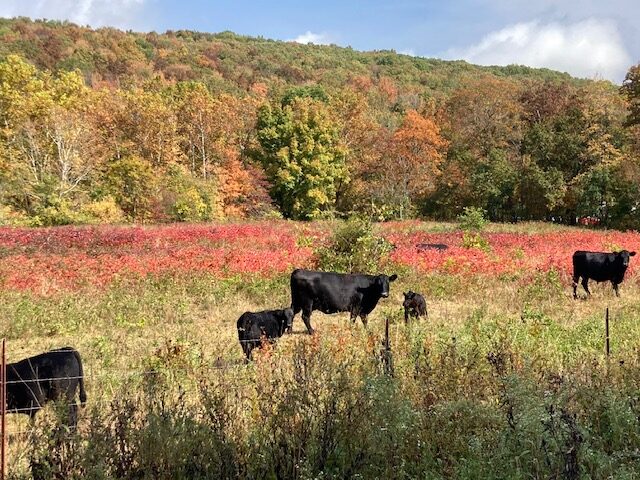Traveling east from Branson along iconic US 60 in Missouri, sprawling farms line the landscape. For mile after mile, cotton, corn, and cattle serve as a reminder of the vital importance of the nation’s interior in feeding and clothing the rest of us. The feeling is similar riding along I-40 in Arkansas, where soybean, wheat, and alfalfa are as much a part of the region’s culture as razorback hogs and great barbecue.
This fall, my wife Kate and I went on a long and wonderful driving trip – seventeen states and nearly 4,000 miles in all – that took us along the Western spine of Virginia and North Carolina, over the haunting Blue Ridge range and the forest-covered Great Smoky Mountains into Tennessee, across the Volunteer State from Chattanooga to Memphis, before traversing the Mississippi River into western Arkansas, and then turning northward through the beautiful Ozarks into Missouri. We then returned eastward through southern Missouri’s long and flat farmland region, crossed into and drove through the bluegrass and horse country of Kentucky, crossed the Alleghenies into the spectacular hills of West Virginia, before making a stop in Washington Irving’s Sleepy Hollow (Tarrytown), New York, and finally, home to Weymouth, MA.
It was an amazing sojourn that encompassed rich history, breathtaking hikes, resplendent nature, delicious food, wonderful people, and a constant and powerful reminder that so much goes on in the center of the country that we in the northeast often take for granted – specifically, the extraordinary production of food and the efficient transporting of goods.
I refer to the latter as the “Great East-West Crisscross” – or West-East if you prefer – the broad network of roads, rivers, and railroads that make it possible to move tons of food, clothing, fuel, lumber, medicines, machinery, heavy equipment, supplies, and goods of all types across the American continent in a way that is the envy of the world and a feat that takes your breath away just thinking about it – but especially witnessing it. The phrase “supply chain” that we have all become familiar with in the last months comes alive in the upper South and the lower Midwest in a way we simply don’t see at the “end of the line” in the Northeast.
The East-West / West-East movement simply never stops, whether it’s the staggering volume of goods that float on barges along the Ohio and Mississippi rivers, the 100+ – car freight trains that snake through the West Virginia mountains, or the thousands of 18-wheelers, flatbeds, auto-carriers, and trucks of every imaginable type that rumble across Tennessee, Arkansas, Missouri, Kentucky, and West Virginia.
It’s a sight to behold.
It’s not that we don’t have rivers, roads, and railroads in the Northeast – of course we do. Plenty of trucks, too, and some farms. We certainly witness logging trucks rumbling through northern New Hampshire and Maine, watch ships laden with cargo containers departing from Boston and New York harbors, and see Amazon vans zipping around making deliveries at all hours throughout the region – all of which keep our commerce humming.
But the scale is so vastly different as you head South and West, and because we’re tucked in the upper corner of the country, it’s easy to overlook the irrepressible and seemingly inexhaustible engines of production and transportation that flourish in the nation’s midsection. The farms are enormous, the rivers are true waterways of commerce, the freight trains stretch on forever, and it’s not unusual to see fifty 18-wheelers parked in an all-purpose truck stop that includes restaurants, showers, and convenience shops for the drivers who are trekking across the country to deliver their loads on time.
An added bonus was that our road-trip also conjured up links to some of my books. We drove past the Fort Knox exit on US 60 in Kentucky, and I thought of the Baltimore & Ohio train that transported the Declaration of Independence, the Constitution, and other precious documents out of Washington D.C. to the impenetrable fortress in late 1941, to protect them after the attack on Pearl Harbor, a story I chronicle in American Treasures. And the barges on the Mississippi and Ohio rivers were a satisfying reminder of the way in which Americans of all backgrounds transported food eastward to the large port cities of Boston, New York, Philadelphia, and Baltimore en route to Ireland, during America’s first and historic 1847 humanitarian mission, a story I told in full for the first time in Voyage of Mercy.
Several times on our drive, Kate and I gave thanks to farmers, ship captains and crews, railroad engineers and workers, and of course, truckers. We came away from this eye-opening trip with many memories and thoughts – and most of all felt enormously blessed to live in our great country.
For that reason and a slew of others, I’d recommend such a journey to anyone, anytime.

